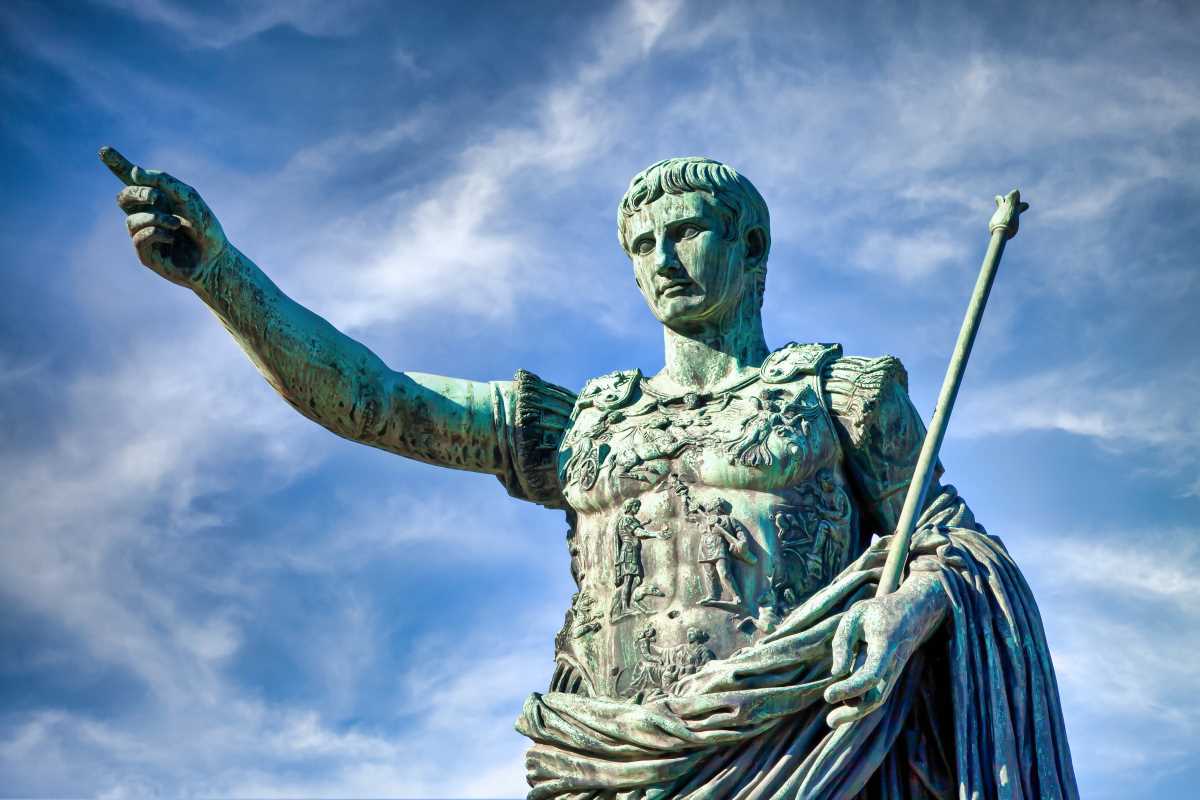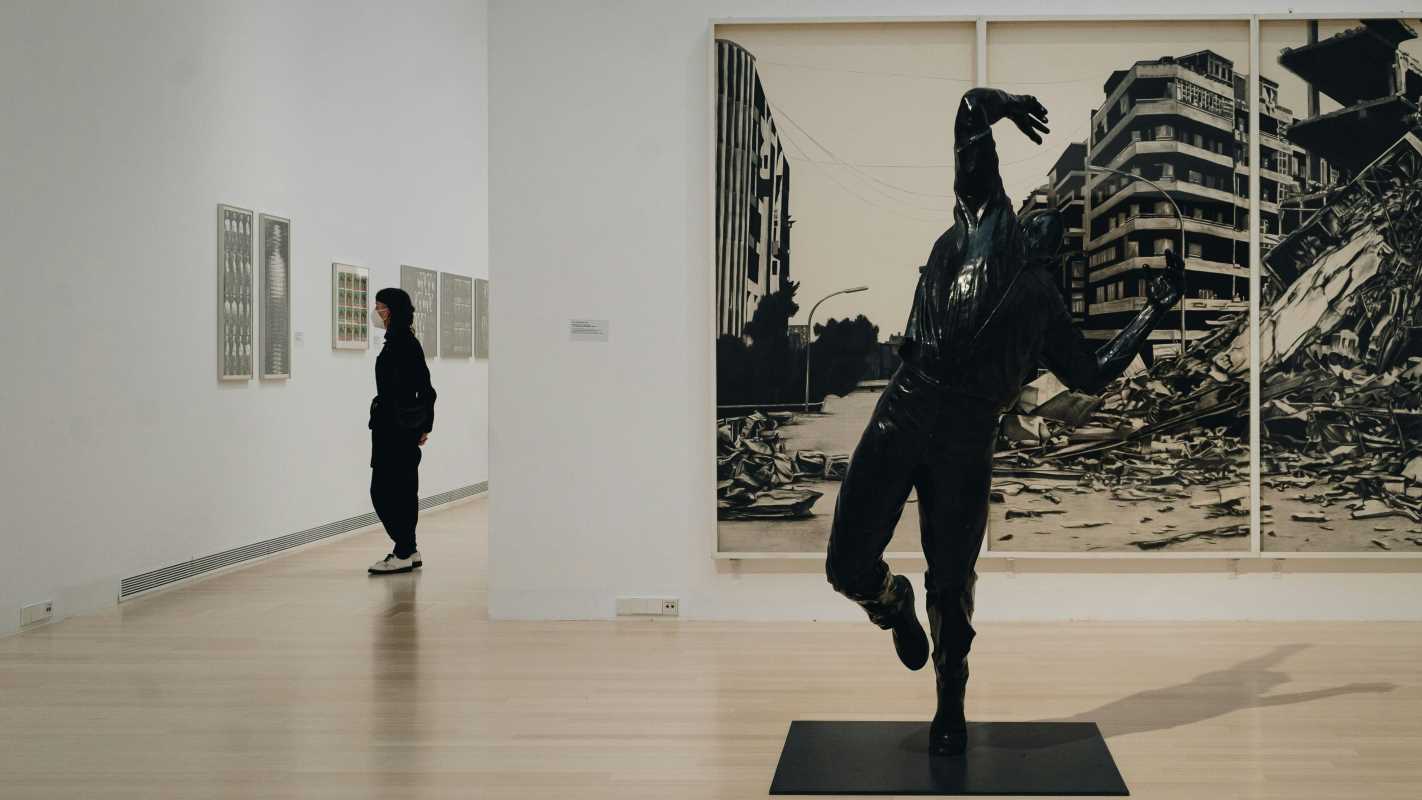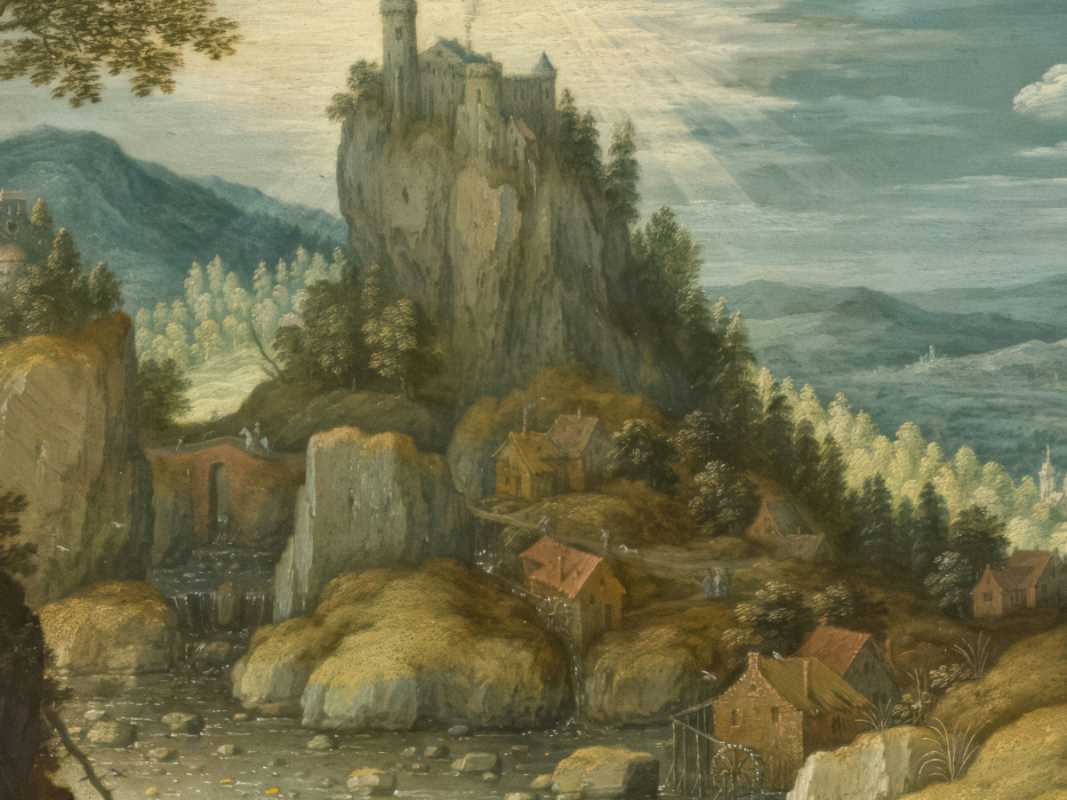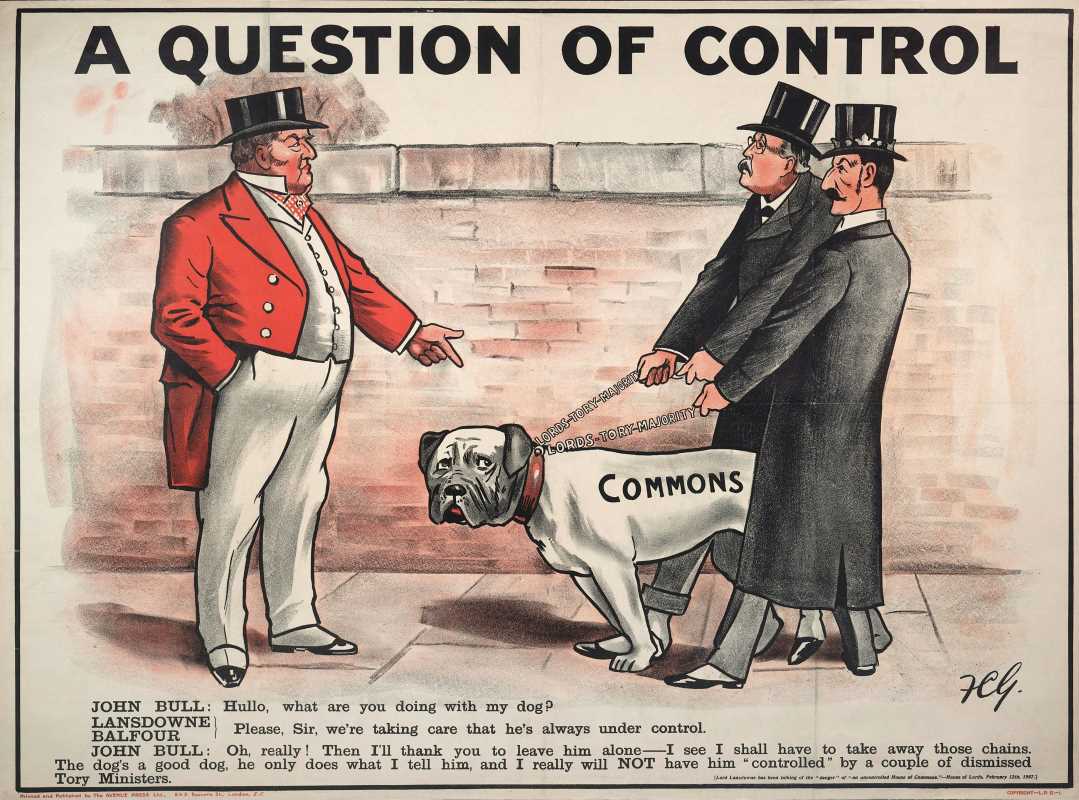Art has always been a vessel for storytelling, and in contemporary times, it has become a powerful medium to confront and communicate the deeply personal and often political realities of immigration. From boundless hope to visceral heartbreak, the immigrant experience spans a spectrum of emotions and challenges.
Contemporary artists have taken on the responsibility of not only documenting these truths but also amplifying voices that often go unheard. Their works reflect displacement, struggle, resilience, and identity, creating a conversation that transcends borders and speaks to the universal human experience.
Defining the Immigrant Experience Through Art
For many contemporary artists, the act of creating is deeply intertwined with their personal narratives of immigration. Art becomes their way of processing identity, reconciling displacement, and documenting their journeys. These works provide nuanced insights into the intersections of culture, memory, and adaptation.
The large-scale installations of Do Ho Suh, a South Korean artist, stand as profound portraits of transient identity. Suh's pieces, made from translucent fabric, recreate the architecture of spaces he’s lived in throughout different parts of the world. His work captures the intangible feeling of being tethered to multiple places yet fully belonging to none. For immigrants, this notion of being in-between spaces and identities is deeply familiar, and Suh’s art visually expresses that experience with poetic grace.
Similarly, the vibrant tapestries of Cuban-American artist Teresita Fernández explore the theme of migration as movement across oceans and borders. Fernández uses natural elements, like gold and charcoal, to evoke topographical and psychological landscapes. Her work reminds viewers that migration reshapes not just the physical self but also one’s internal understanding of belonging.
Through their explorations, these artists weave intimate portraits that reflect the complexity of immigration. They transform personal struggles into universal stories, bridging the gap between the immigrant and non-immigrant experience.
Shining a Light on Displacement and Borders
No conversation about immigration today can escape the looming presence of borders. For many people, borders are fixtures that define nations, but for immigrants and refugees, they are barriers to safety, opportunity, and identity. Contemporary art frequently unpacks the oppressive and emotional weight of these constructs, offering searing critiques of the systems that maintain them.
Mexican artist Rubén Ortiz-Torres often confronts U.S.-Mexico border politics through his surreal yet biting works. His installation pieces, which feature ordinary objects like buses and lawnmowers transformed by symbols of power and rebellion, dissect the relationship between labor, immigration, and the capitalist mechanisms that exploit immigrant workers. For Ortiz-Torres, the border is not just physical; it is an ideological weapon used to maintain hierarchies.
Meanwhile, Shilpa Gupta, an artist from India, examines how borders manifest as psychological divisions. Her work often incorporates barbed wire, maps, and soundscapes to evoke the oppressive atmosphere around contested spaces such as the India-Pakistan border. By replicating the weight of geographic segregations in gallery spaces, Gupta helps viewers feel the suffocation that many immigrants endure while trying to cross or live along these borders.
Recurring themes in border-related contemporary art:
- The border as a weapon of exclusion and pain.
- The invisibility of immigrant labor despite its ubiquity.
- Borders as symbols of division while migration represents connection.
- The dehumanization tied to documenting and regulating movement.
- The contradictory freedom and restriction embedded in citizenship.
Through art, the border becomes neither mere geography nor politics. It is humanized, shown as a point of confrontation, longing, and resilience.
Navigating Identity and the Question of Belonging
When someone moves across borders, the question of identity often becomes more layered and multifaceted. Immigrants carry the weight of otherness both abroad and in their own skin. Many contemporary artists reflect on this dual nature of identity, portraying the experience of being both embraced and excluded.
The works of Ethiopian-American artist Julie Mehretu explore identity as a form of layering. Using abstract geographic overlays, Mehretu builds maps that aren’t tied to countries but instead speak to the movement of people and cultures. Her pieces evoke the multi-dimensional experience of immigrants who straddle past and present without erasing either.
Similarly, Zanele Muholi, a South African visual activist, uses portraits as a tool to confront identity politics. While not exclusively about immigration, Muholi’s work often touches on race, queerness, and visibility in a globalized world. Their striking imagery captures the intersections of identities often ostracized or marginalized in the context of migration.
The question of identity is also central to the art of Ai Weiwei. After being exiled from China, Ai’s work became a reflection on both the pain of separation and the resilience of cultural connection. His installations, such as Law of the Journey, which features a massive inflatable boat with anonymous refugee figures, reflect the poignant paradox of migration. Identifiers like passports and language dominate immigrant lives, yet these same immigrants are often homogenized or stripped of their individuality.
Artists tackling identity in their works remind us that migration doesn’t steal away a person’s essence; instead, it strengthens their ability to redefine themselves.
Resilience and the Hope of Immigrant Narratives
Despite the struggles and barriers, many works of contemporary art are imbued with a profound sense of hope and survival. They don’t shy away from displaying immense loss but also showcase the human capacity to endure, adapt, and rebuild. For immigrants, this balance between grief and optimism defines their journeys.
The work of Olga Koumoundouros, an American artist of Greek heritage, navigates the interplay between immigration and construction. Her installations often depict broken or restructured homes symbolizing displacement and resilience. By displaying immigrant narratives through familiar objects, such as furniture and houses, Koumoundouros captures both fragility and resolve.
El Anatsui, a Ghanaian artist, transforms discarded materials into monumental sculptures. His work reflects immigrant communities’ ability to repurpose and create grandeur from what others might view as waste. Whether constructing histories or homes, the immigrant experience is one of survival even in the harshest conditions.
The paintings of Syrian painter Tammam Azzam are another example of resilience in art. After fleeing war, Azzam began creating digital pieces that juxtapose iconic symbols of beauty, like Klimt’s The Kiss, with scenes of destruction in Syria. His work celebrates the dignity that remains even in tragedy and the enduring power of love and connection amidst collapse.
These creations remind us that immigration is not merely a story of loss but also one of immense strength. Each piece speaks to the courage it takes to leave everything familiar behind and carve a place in an unfamiliar world.
Art as a Catalyst for Change
Beyond reflecting the immigrant experience, contemporary art also serves as a catalyst for activism and dialogue, pushing society toward greater understanding. By confronting viewers with the human realities of immigration, artists demand action, empathy, and policy change.
Ai Weiwei’s installations on the refugee crisis, such as Safe Passage, bring global attention to the dire struggles faced by displaced individuals. His works typically involve public spaces, ensuring that his audience isn’t limited to museumgoers but includes everyday citizens. Art, in this sense, becomes a form of protest.
Similarly, Theaster Gates, an artist and activist in Chicago, turns abandoned properties into cultural hubs. While his work focuses on urban renewal, the core of his practice revolves around community-building. For immigrant communities in cities like Chicago, Gates’ spaces become sanctuaries for storytelling and connection.
Immigrant artists themselves often play dual roles as creators and collaborators. Projects like The Refugee Art Project, based in Australia, directly empower displaced individuals to share their stories through art. Rather than speaking on behalf of immigrants, these projects place the tools of creative expression back into their hands, reinforcing the agency and artistic voice of these communities.
Art exposes policies, challenges prejudices, and transforms the conversation on immigration. It serves as both a mirror and a map, helping societies shape more inclusive futures.
A Universal Story
Immigration, while personal and varied, is deeply universal. It speaks to the longing for connection, the pain of displacement, and the courage to belong somewhere new. Contemporary artists remind us of this shared humanity, using their creativity to build bridges where walls once stood.
Their works are not mere artifacts to be admired but living, breathing embodiments of resilience and change. They offer a chance to see the world through immigrant eyes, to celebrate their strength, and to understand the systems that must be challenged. It is through this artistic lens that we find echoes of our own stories and are inspired to imagine a more empathetic world.

.jpg)





